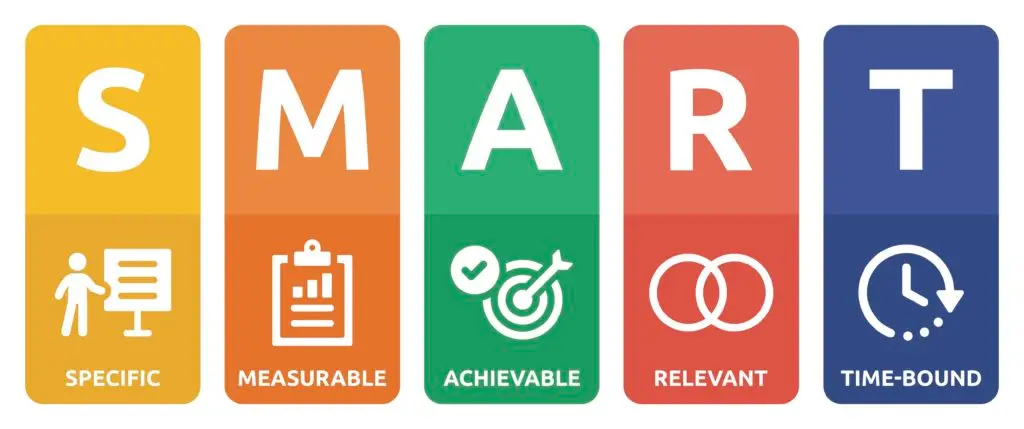
Have you heard of “SMART” goals?
The acronym is everywhere in business and leadership, but it can be even more powerful when applied to your personal growth and fitness journey. SMART stands for Specific, Measurable, Achievable, Relevant, and Time-bound. Each part plays a critical role for anyone who genuinely wants results. Today, let’s break down this method and explore why being specific is the essential first step.
What are SMART Goals?
- Specific: Well-defined, clear, and unambiguous so there’s no doubt what you want.
- Measurable: You can quantify your progress objectively.
- Achievable: The goal is actually possible and realistic for your situation.
- Relevant: Meaningful and aligned with what matters most to you.
- Time-bound: There’s a deadline, creating urgency and direction.
Why Specificity Comes First
The first principle being Specific—isn’t just about clarity for its own sake. When your goal is vague, your brain doesn’t truly register it, and you lose energy and motivation when challenges arise. Compare these two:
Vague: “I want to feel stronger, more flexible, and not in pain.”
Specific: “I want to feel stronger and flexible, and stay pain-free so that my back doesn’t hurt after tennis, so I can play with my kids and grandkids on the floor, and enjoy my activities into my 80s and 90s.”
The difference? The vague goal is easy to forget and impossible to measure. The specific goal connects to your values, daily life, and the people you care about. It means something personal. And that connection is what will keep you on track even when things get tough.
How Being Specific Unlocks the Rest of SMART
When your goal is truly specific, the rest of the SMART framework starts to fall into place:
- It’s easier to measure. (“Can I play tennis pain-free this month?” “How many times did I enjoy floor time with my grandkids?”)
- You’re motivated to achieve something real—no wishful thinking.
- You can connect it to what’s truly relevant for your life, not just a vague health ideal.
- It’s natural to add a timeframe you’re ready to commit to.
Using SMART in Your Everyday Health Practice
Applying the SMART method to your health and fitness means setting both outcome and process goals… and writing them clearly. Here’s a quick checklist to help you craft yours:
- What specific result do you want?
- How will you know you’re making progress?
- Is your target realistic and healthy?
- Why does this result truly matter to you?
- When will you achieve it—and what’s your first step today?
Stay Motivated, Track Progress, and Enjoy the Process
When your goals are SMART, especially specific, you wake up each morning with a sense of direction. You can measure your wins, course-correct if you’re off track, and enjoy the journey more even (especially!) when it isn’t easy. Vague dreams fade. Specific goals change lives.
P.S. Do you need help setting specific goals and designing a program that fuels real results and long-term sustainability? If you’ve tried other approaches that miss the mark, let’s get more precise together. Use the link below to book a discovery session. We’ll assess your wants, needs, and history then build a custom plan for your future.
Ready to step into coaching that truly meets you where you are? Explore [Personalized Workout Page] and get clear on what’s next for you.
it’s not just working out, it’s building a foundation for a better life.
Find out more @

Leave a Reply